I love being a science communicator, being with people and sharing my knowledge of the universe. However, I have a personal fascination with the universe, and although this helps me learn more and ultimately makes me a better communicator, there is something nice about connecting with the stars in a traditional way, ie with a telescope.
Every year, usually in Summer (a short season in Canada), I venture to a dark sky location and get in some observing, to remind me of the real universe that’s out there. Since I also love the visualization of space as a communication tool, it makes sense that I would also enjoy the hobby of astrophotography. Here’s the latest results from two perfect nights in the dark.
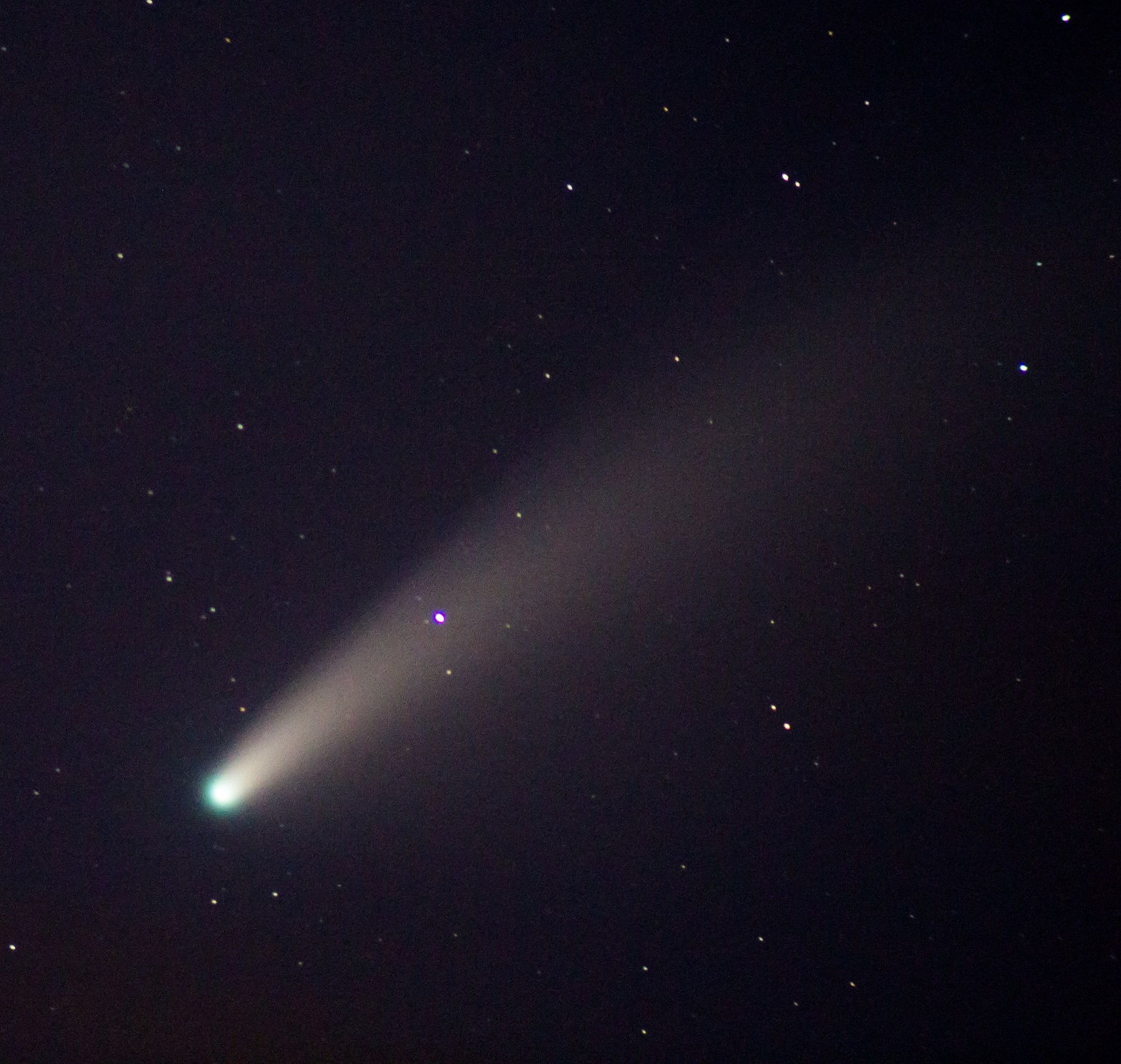
The comet may be a big draw right now, but I love seeing all the different objects in the night sky. I went up to near-North Ontario and set up my big 8-inch Schmidt-Cassegrain telescope with it’s equatorial wedge mount. For astrophotography, the wedge is extremely helpful, as it allows the telescope mount to be pointed at the north celestial pole, so the telescope only needs to rotate in Right Ascension to match the rotation of the Earth. For an explanation of this, go here: https://en.wikipedia.org/wiki/Equatorial_mount
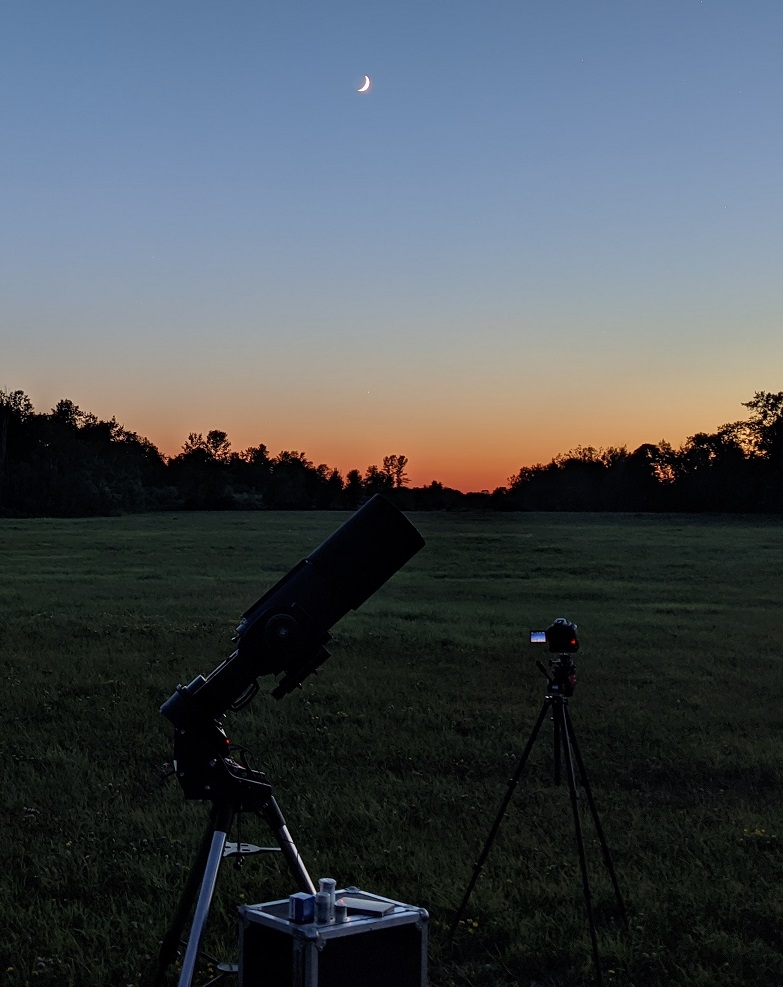
One of the key tenets of astrophotography is that more photons = better. This means simply that more exposure time can result in a better image (with some exceptions). The objects in the night sky are so unbelievably far away, that only a tiny bit of their light reaches Earth, and to capture them, you need long exposures. There are a lot of additional challenges, and entire books have been written that explain how to do successful deep-sky astrophotography. Though my personal focus is on the exposure time, because it tends to be my biggest problem for one simple reason:
I love to look at a lot of different objects.
I spend my clear nights looking at 10 different objects and capturing a few photos of each. If I spent an entire night on a single object, the result could be much better. However, clear skies are precious, and with the time investment of setting up a big telescope, and having only a few nights away from city lights, I’d rather enjoy a lot of objects instead of focusing on a few.
At any rate, I still captured some excellent images! Here they are.
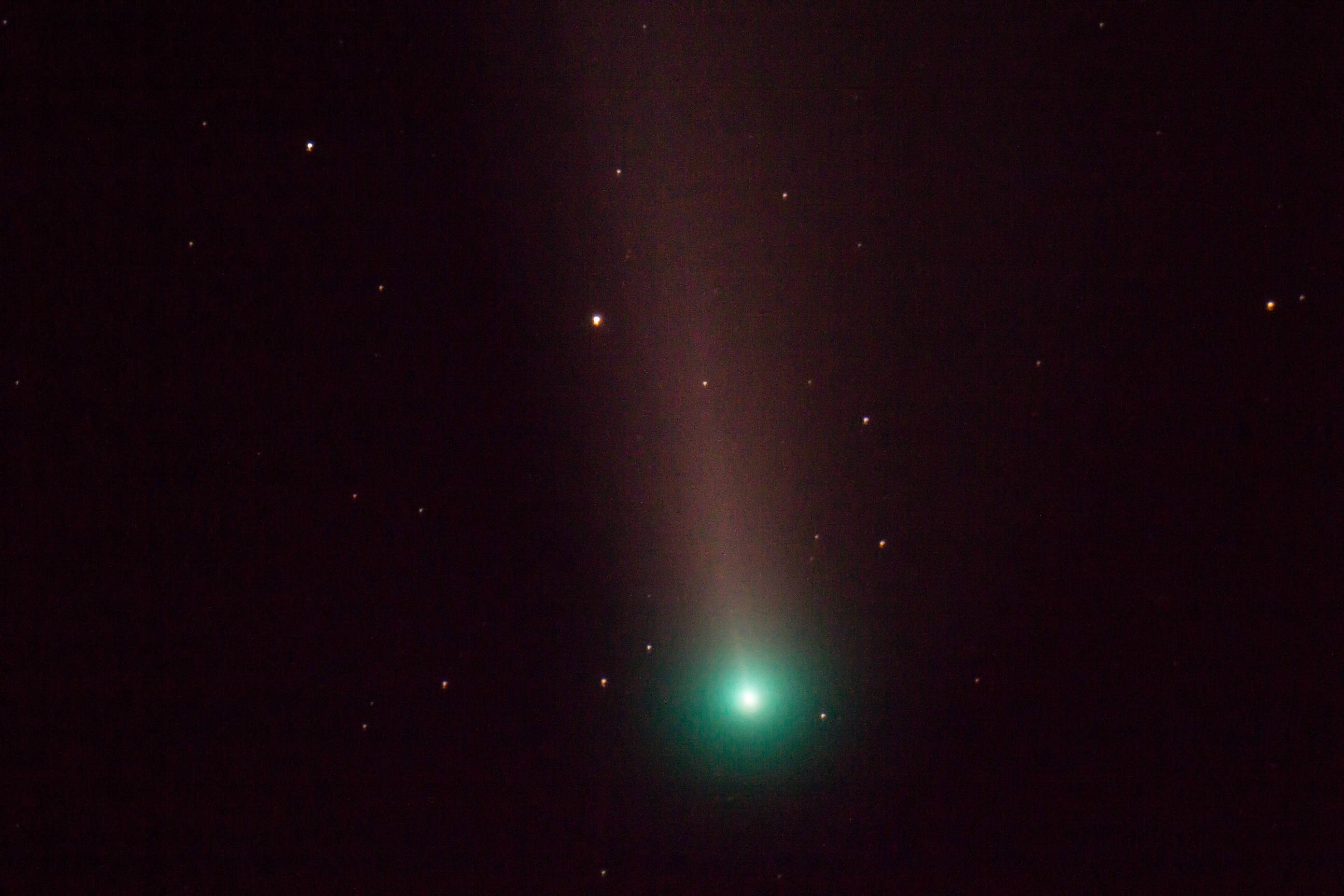
This is comet C/2020 F3 NEOWISE up close! The top image in this post shows the comet with it’s full tail, but the goal of this image was to see it’s core. The result is true colour, with minimal colour adjustment. The coma, which is the glowing fuzzy core of gas and dust surrounding the actual comet, is bright green! The reddish hues of dust coming off the comet form the tail, which is likely millions of kilometres long!
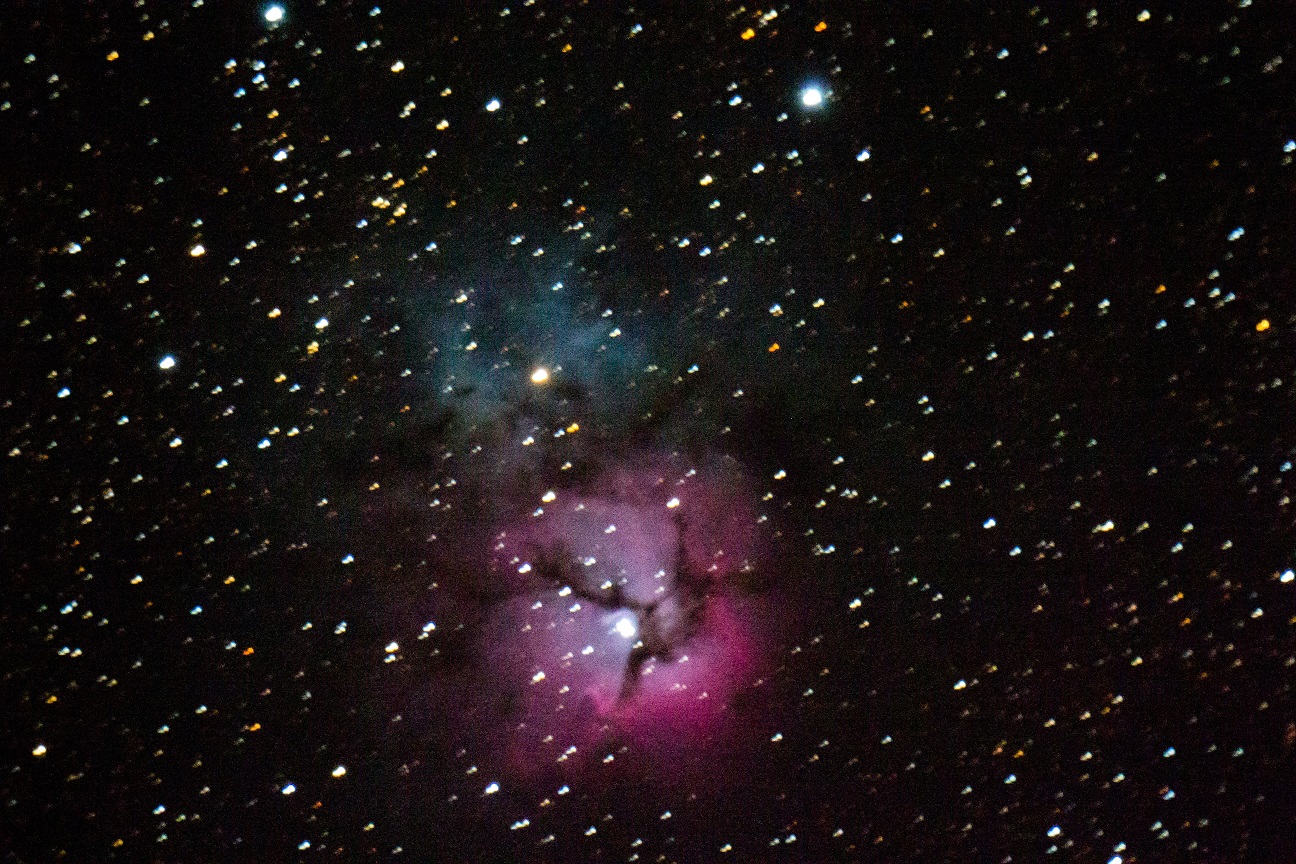
The Trifid nebula is quickly becoming a favourite object of mine. The blue and red glowing gas is easy to spot in even short exposures, though difficult to see with the human eye. I spent a good hour setting up the telescope to track accurately, and this single 3 minute exposure at ISO 6400 was the best I could do. The tracking wasn’t perfect, but it did the job, and I love the contrast of the colours and the dark gas filaments.
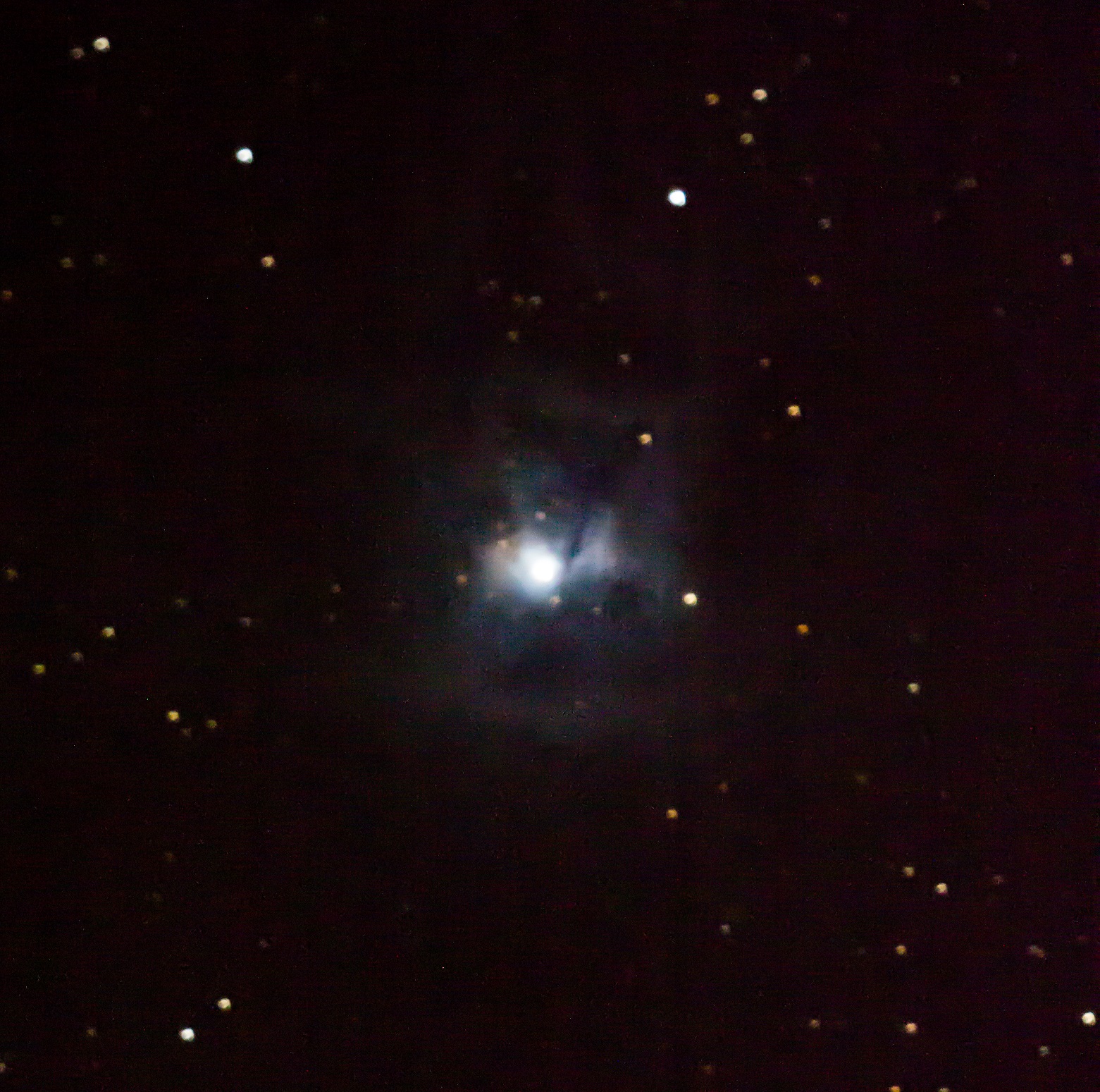
I’ve never tried to see or capture the Iris nebula before, so this was a one-off target to test how it looked. This dark reflection nebula looks amazing both through the telescope and in this single 90 second image.

The cigar galaxy was a complete accident. I was looking for Bode’s galaxy (scroll down) and caught this funny looking galaxy nearby, so I decided to capture a longer exposure of it for fun. It looks neat, and maybe in the future I’ll try longer exposures, as often required for galaxy imaging.

Although you might think planets, galaxies, nebulas are all the same when imaging, they are not. Planets have a completely different set of rules. Saturn is really far away, tiny in the sky (smaller angular size than any other object I captured), and yet very bright. So planets require a lot of telescope and short exposures to capture. This shot of Saturn was a stack of 40 images.
Typically with planets, imagers will capture video, since they can get 30+ frames per second and a huge number of frames to stack and reveal detail. I tried this technique but my videos were overexposed and didn’t look good. Proof that it takes time and effort to learn this hobby!
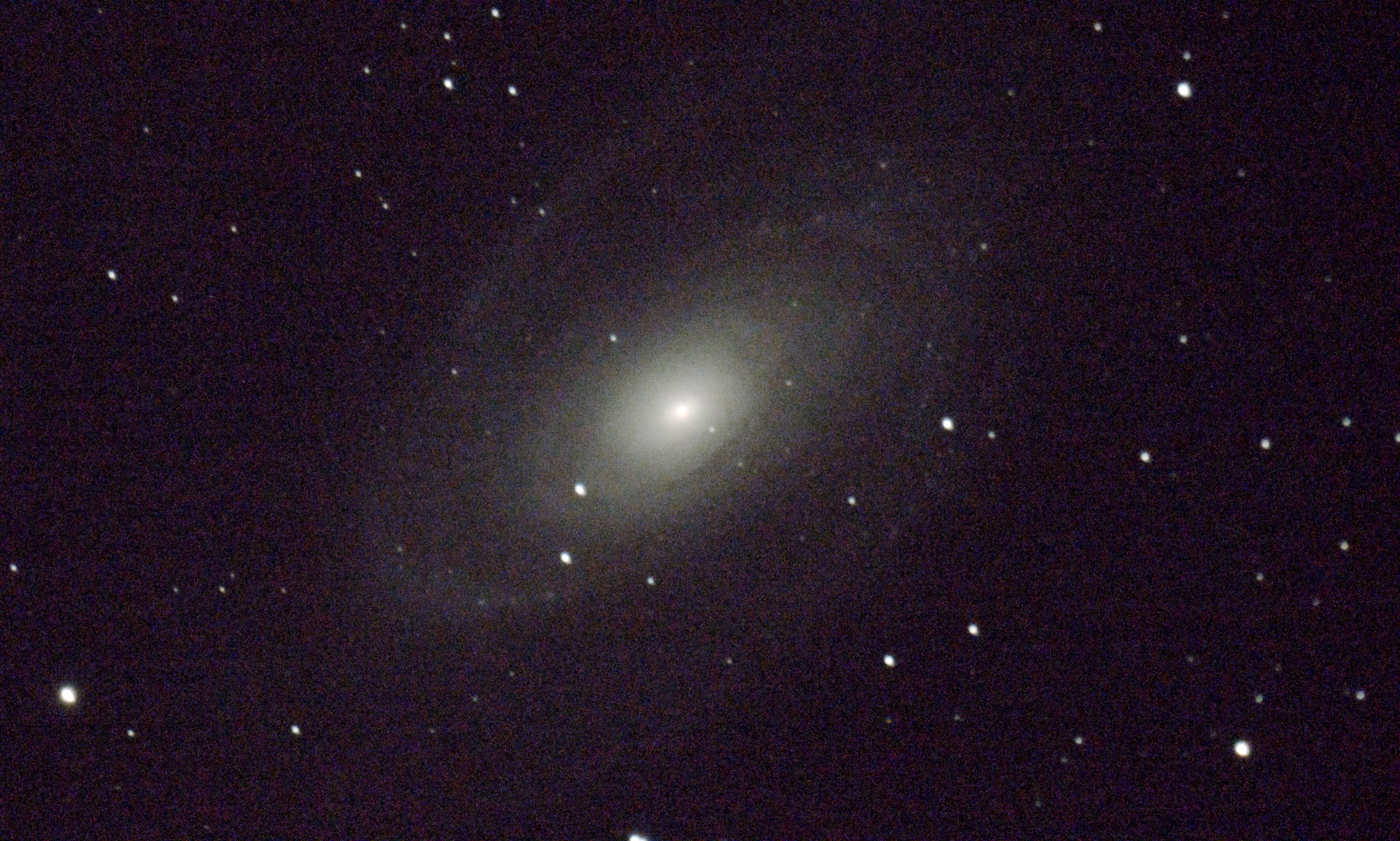
Finally my favourite image. The image that took the longest to capture, and the most editing time to reveal the detail. This is M80 – Bode’s Galaxy. I love galaxies because they are so far away and dim, yet reveal the truth that the universe is huge, full of interesting matter, and hard to study without using the limits of human technology.
This was about 15 minutes of exposure time, in tracked 90 second exposures. I took a few dark frames to help with noise, but there is still a lot left, and not much detail in this image. Still, I’m proud of it. I could spend an entire night on this galaxy, and may do that in the future.
There are so many great images around the internet of the objects I captured, and they are far better than mine. They use better tech, longer exposures, and high-end software to edit and enhance. However, I love astrophotography because I can spend time and effort to create my own views of these objects. Almost like a souvenir of seeing them through the telescope. They feel more real to me when I capture them with my own time and effort, with my own gear that I spent hours learning how to assemble and use. Each image is a product of passion, dedication, labour, and love. I’m proud of them, and excited to grow my skills and capture better images.
Thanks for reading! Always happy to chat about astrophotography if you have questions!
